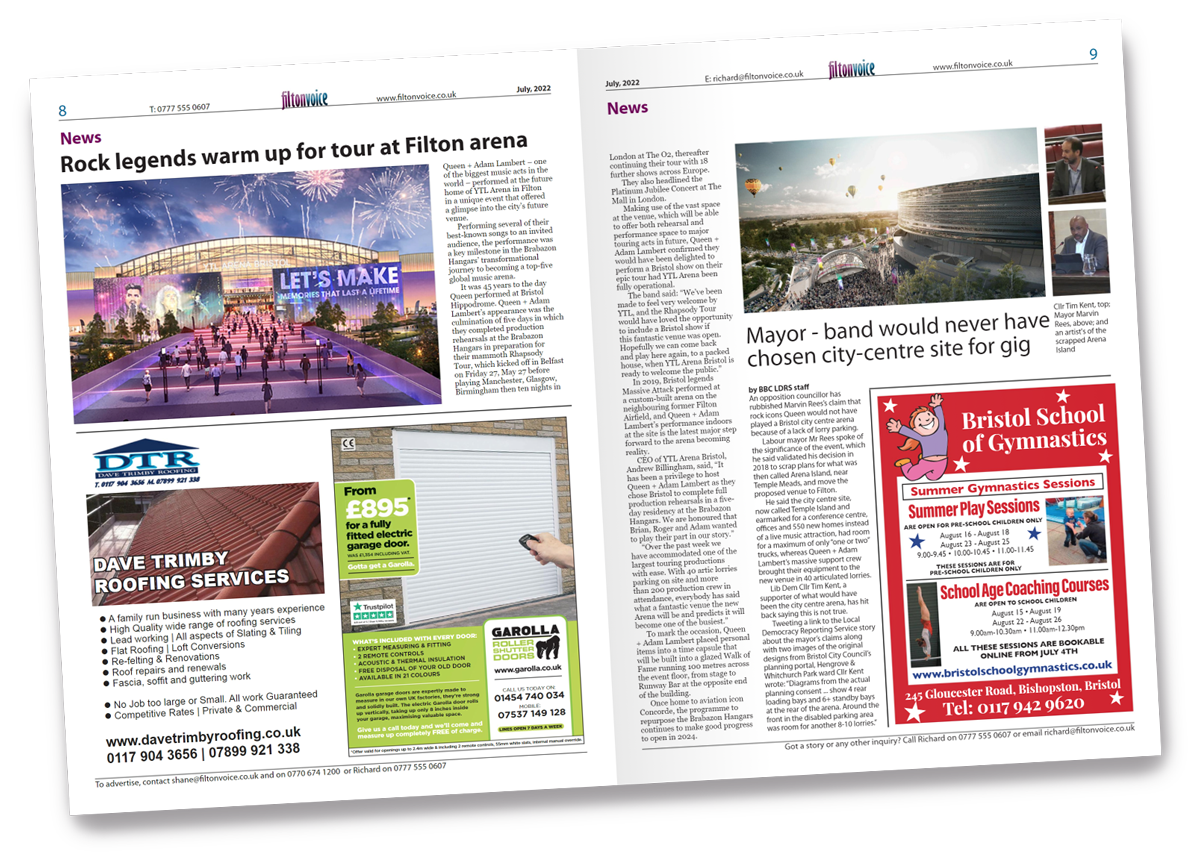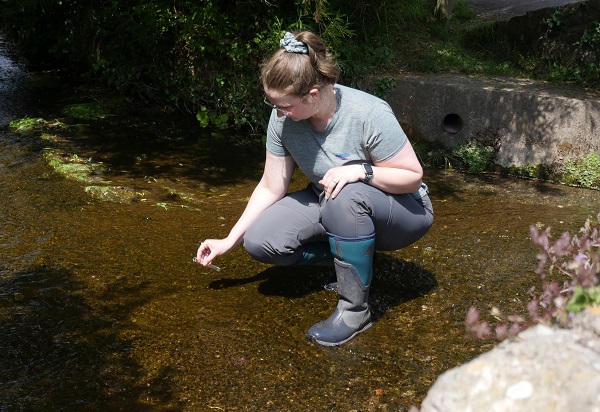HIGH levels of pollution were found in the River Frome in tests carried out this summer.
Volunteers took samples of water from the Frome in 17 places between Cog Mill near Iron Acton and the Avon Ring Road, near Hambrook, for this year’s RiverBlitz campaign by the Bristol Avon Rivers Trust.
They measured levels of nutrients washed into the river to see if they were harmful, and found high levels of pollutant phosphates in seven of them, medium levels in six and low levels in just four.
Nitrate pollution was measured at medium levels in 15 out of the 17 sites and low levels in the other two.
Excess levels of nutrients – which enter rivers from sources including agricultural fertilisers, manure, sewage discharges and urban water run-off – are bad for rivers as they can cause excessive growth of plants and algae that reduces oxygen, blocks sunlight and can suffocate fish and other animals.
Cans, bottles and window frame dumped in river
As well as the chemicals, volunteers found beer cans, plastic bottles and even a window frame dumped in the river, as well as invasive Himalayan balsam, foam and algae.
However, one volunteer commented that the water was “better than last year”, with others reporting wildlife including damselflies, a heron and “lots of fish”.
Higher levels of pollution were recorded further downstream in Downend, Frenchay and Fishponds.
This year’s RiverBlitz was the tenth carried out by the trust, which started the programme in 2016 to provide a snapshot of the health of waterways across the region in the Bristol Avon catchment.
In total, 303 volunteers collected 267 samples across the catchment – an increase on last year, when 130 people took part.
Comparing the results to figures from 2024, BART said there was a “clear contrast” between the two main pollutants.
The percentage of sites with high phosphate levels was well above the ten-year average of 40%, with 61% of sites sampled having high phosphates this year.
By contrast, the percentage of sites with high nitrate levels fell sharply, from 64% in 2024 to 40%, and was well below the average of 62%.
Across the region, BART said 70% of sites sampled had high levels of at least one of the nutrients, below the average of 74% for the past ten years but above last year’s figure of 69%.
A spokesperson said: “In the run-up to this year’s Bristol Avon RiverBlitz in July, the region experienced a period of prolonged dry weather.
“As a result, river levels were low, which may have led to higher concentrations of nutrients in the reduced volumes of water.
“At the same time, the lack of rainfall meant fewer nutrients were being washed in from the surrounding landscape, and fewer sewage overflow events were likely to have occurred – potentially reducing other sources of nutrient input during this period.”
‘Big picture view’ of river’s health
BART community engagement and education lead Amy Wade said: “This year’s results are a fascinating reminder of how dynamic our rivers are.
“The contrast between nitrates and phosphates underlines why long-term, consistent monitoring is so important.
“RiverBlitz is not just about collecting data, it’s about empowering people to take action for their local rivers.”
The trust says the results give a “vital big-picture view of river health” in the region.
The results can be viewed online at bristolavonriverstrust.org/riverblitz.


